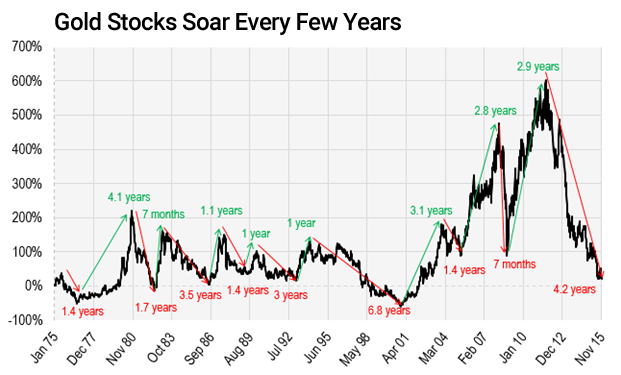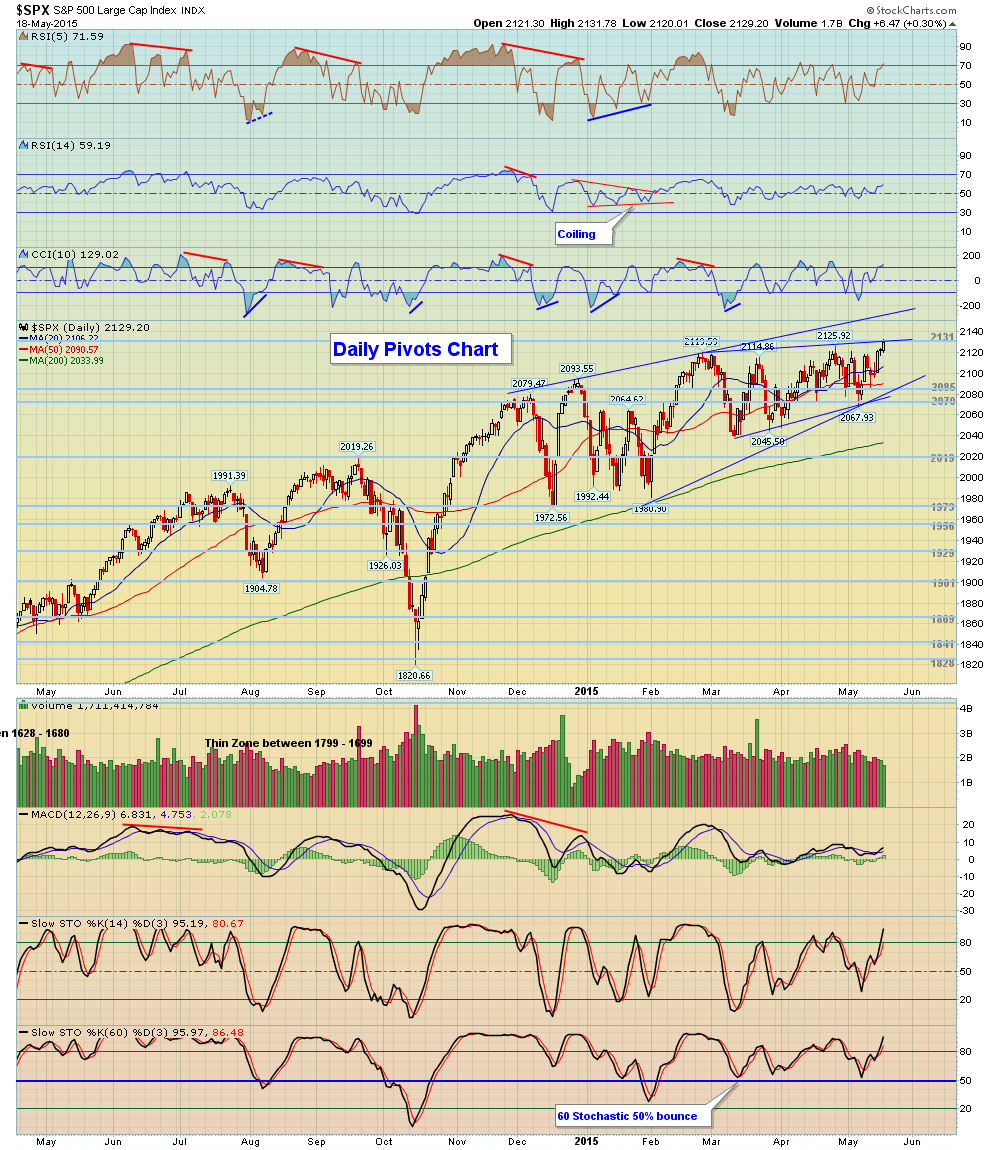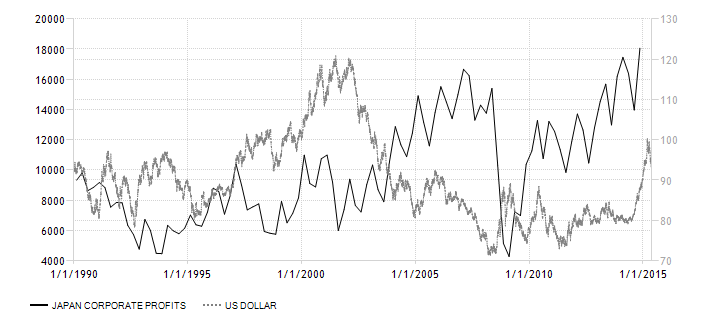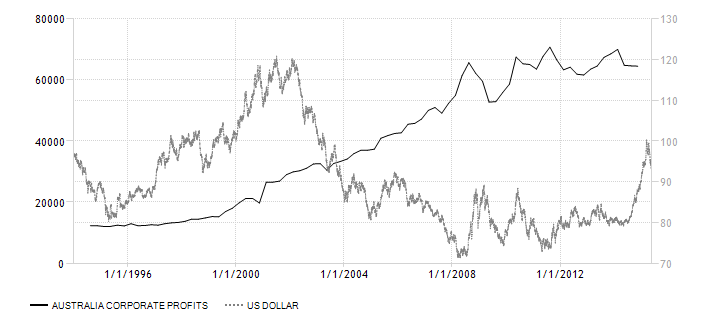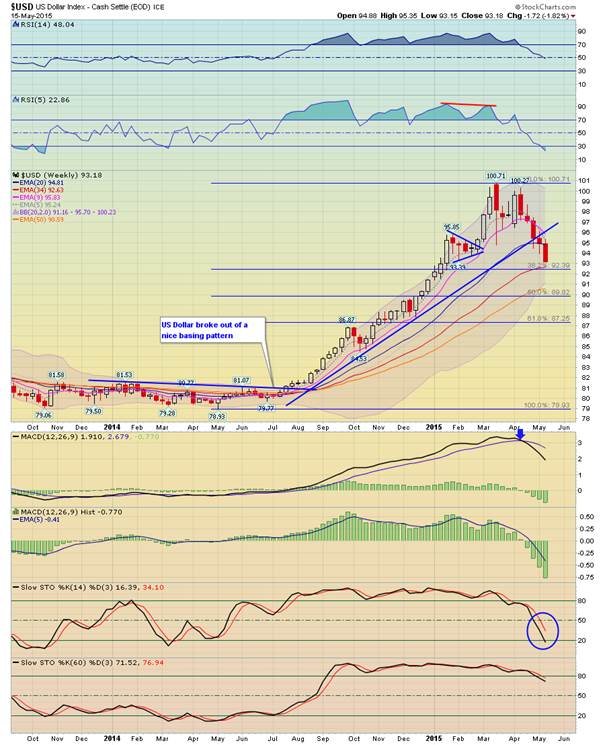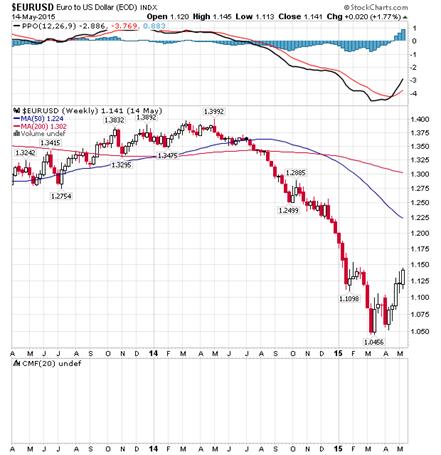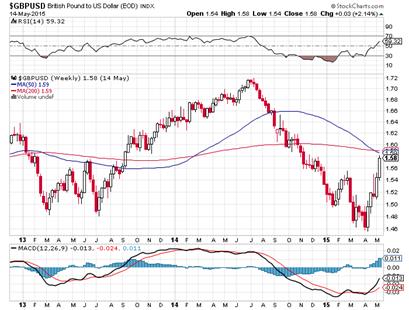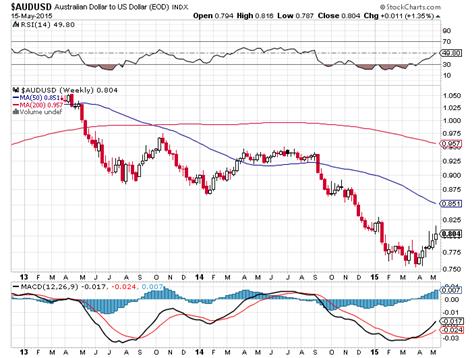Maximizing Your Social Security Benefits
By Dr. Larry Kotlikoff
Social Security benefits are a big deal, income wise, for most retirees. For 20 percent, it’s the only deal. For 30 percent it’s the main deal. And for another 20 percent, it’s the second biggest deal. So it’s passing strange, to use a Mark Twain expression, that most households, be they poor, middle class, or rich leave tens to hundreds of thousands of dollars in Social Security benefits on the table.
You can be the smartest person in the world and make the dumbest Social Security mistakes. My friend, Glenn Loury, a brilliant economist at Brown University, is an example. Glenn is a widower. His magical wife, Linda, tragically passed at 58 after a distinguished economics career at Tufts.
Glenn and I had dinner one night a few months shy of his 65th birthday. Somehow we got onto his Social Security plans. Glenn knew next to nothing about widower benefits. When I mentioned them, he dismissed the idea saying he had earned too much compared to Linda.
Glenn was wrong. Within two minutes I made him $120,000. The strategy was simple. Glenn, who was still working, would collect his widower benefit starting at his full retirement age, 66 (when Social Security’s stops applying their their earnings test that taxes the benefits of those still working).
Given Linda’s salary, Glenn’s widower benefit would, I figured, total more than $30,000 a year for four years. Meanwhile Glenn would let his own retirement benefit grow by 8 percent per year through age 70. Since Glenn had been planning on taking his own benefit at 70, the $120,000 was found money. Needless to say, Glenn paid for dinner.
How I Became a Social Security Expert
I learned about Social Security by necessity. I’m an economist at Boston University, but I have a personal financial planning software company, whose website is www.economicsecurityplanning.com. Our goal is to find safe ways to sustain and raise people’s spending power. And there are many such ways, particularly taking Uncle Sam’s best benefit and tax deals.
One of our programs, www.maximizemysocialsecurity.com, sells for just $40. But it considers each of your potentially millions of benefit-claiming strategies, finding precisely the one that will maximize your household’s lifetime benefits. Creating this program required learning Social Security’s rules, which I did at great cost to my sanity.
Social Security has 2,728 rules in its Handbook covering retirement benefits, spousal benefits, child benefits, disabled child benefits, widow(er) benefits, child-in-care spousal benefits, mother (father) benefits, divorced spousal benefits, divorced widow(er) benefits, divorced mother (father) benefits, disability benefits, and parent benefits.
The system’s Programming Operating Manual System has hundreds of thousands of rules about those 2,728 rules. The number of potential benefits, legitimate months for initiating collection of the various benefits, ways in which one spouse’s benefit collection decisions can affect the other’s, and all the rules within rules limiting what you can receive and when you can receive it makes Social Security far more complicated than even the federal income tax. This is why www.maximizemysocialsecurity.com needs to consider so many cases.
Becoming a Social Security Columnist
As a “reward” for learning all the mind-boggling details, Paul Solman, my friend and long-standing economics correspondent at PBS NewsHour, asked me to write a weekly column for the PBS NewsHour’s website answering Social Security questions. Three and half years later, the column is still one of the site’s top draws.
Given the huge thirst for Social Security answers, Paul and I, together with www.money.com columnist, Phil Moeller, decided to write a book describing the best strategies for collecting Social Security. The book, Get What’s Yours – the Secrets to Maxing Out Your Social Security was released in February 2015 and instantly became a #1 NY Times Best Seller.
Unfortunately, the book’s success had untoward consequences. The White House, we learned, didn’t like the idea of our telling people how to get what they paid for. In November, as part of the 2015 Budget Bill, they teamed up with Congress to change Social Security’s rules, taking away certain claiming options for many younger households.
From one day to the next, my company’s software and my co-authored Best Seller were out of date. This was no fun, to put it mildly. But my company’s exceptional engineers fixed our software within two weeks, and my co-authors and I immediately started rewriting our book. Our marvelous publisher, Simon & Schuster, also went into crash mode. They just released Get What’s Yours – the Revised Secrets to Maxing Out Your Social Security.
Three General Rules to Maximizing Your Lifetime Benefits
Our book became a best seller in part because Paul’s is an exceptionally funny writer and because Phil and I pulled no punches in describing Social Security as a bureaucrat’s daydream and a user’s nightmare. But the main draw was distilling Social Security’s gobbledygook into English and providing four central strategies for getting what’s yours.
Rule 1 – Be patient where patience pays.
Take a high-earning 60 year-old couple. Under the new law, they both make too much and are both too young for either to collect spousal benefits from the other. If the lower of the two earners dies first, the survivor can, however, collect a widow(er) benefit. But the immediate issue for this healthy couple is when to take retirement benefits.
If they take their retirement benefits as early as possible – at 62, they’ll receive $1.30 million in lifetime benefits (present valued as of their current age 60). If they wait till 70, the figure is $1.65 million. That’s an extra $350,000! It too represents found money. If the couple takes their benefits at 62 and finds $350,000 hidden in their attic they’d be in the same boat (ignoring federal income taxes). Had the law not changed, the $350,000 in found money would be $410,000. But $350,000 is still a massive bonanza.
Why does patience pay so much? The answer is that Social Security pays much higher benefits if you wait to collect them. For example, retirement benefits starting at 70 are 76 percent higher than those starting at age 62. This is above and beyond the annual adjustment for inflation. And these benefits continue for as long as you live.
Most people view Social Security as an asset, like any other. But it’s actually insurance – insurance against the worst thing that, financially speaking, can happen to you in retirement – you keep living! Dying early and not collecting your benefits entails no financial risk. You are, well, dead. But you’re also in heaven, where everything is free and there are no regrets. In particular, you aren’t sitting around kicking yourself for having not taken Social Security before you died.
No, the real financial danger in retirement is not dying. It’s living — living to the ripe old age of, say, 100. It’s a danger because you have to keep paying for yourself, day after day, month after month, year after year. If the money runs out, things can get mighty unpleasant as anyone who has tasted cat food can attest.
Much of our book’s success involved implanting the following simple thought in our readers’ brains — You can’t count on dying on time. Nor can you analyze Social Security on a breakeven, i.e., play-the-odds basis.
Insurance companies can play the odds. They can pool over their thousands of clients’ death dates. You can’t pool. You have only one life to lose and you could lose it at your maximum, not your expected age of death. As with any insurance, when it comes to Social Security’s longevity insurance you need to consider the worst cast scenario and make sure to get catastrophic coverage. With Social Security, this means, in most cases, waiting till 70 to receive your highest possible retirement benefit.
Many rich investors poo poo treating Social Security as insurance. They are so well heeled they don’t worry about risk, including longevity risk. But if they are smart, they will also wait till 70 to take their retirement benefits unless there is an even better way to maximize their family’s collective benefits (see below). The reason is that even on a pure investment basis, waiting to collect higher retirement benefits is a no brainer. In deciding in the 1970s ago how much to reward patience, Social Security used actuarial tables that are now decades old. They also used a safe internal rate of return that was over 200 basis (2 percentage) points higher than you can now earn on 30-year TIPS (Treasury Inflation Protected Securities). These factors make patience a terrific arbitrage opportunity.
Rule 2 – Understand All Your Benefits
I listed above the 12 different types of benefits you can collect from Social Security. You may be focusing on only one or two of these benefits right now thinking the others aren’t relevant. But you never know what might happen. My 96 year-old mom is my financial dependent. Were I to croak, she could collect 82.5 percent of my full retirement benefit instead of her own lower benefit. I made a special point of telling my siblings this fact. They two are very well educated people (my brother is the Provost of Cornell and a leading scientist), but they had never heard of the parent benefit.
With Social Security there is a host of gotchas. (We list 40 bad news gotchas in one chapter in the new book and 60 good news secrets in another.) Perhaps the worst gotcha is Use It Or Lose It.
Had Glenn not mentioned Social Security, he’d probably have lost $120,000. Benefits that aren’t taken on time are gone. (That’s not 100 percent true. In some cases, you collect 6 months of benefits retroactively.) Another top economist, this one at Harvard, called me recently about what to do with Social Security. He hadn’t read the book or run the software. When I explain he’d called three years too late and had lost $35,000 in spousal benefits, he was none too happy. Then there was a recent email from a 75 year old who was still waiting for Social Security to start sending him his retirement benefit, for which he had never applied.
Let me be clear. Social Security doesn’t know or very much care about you. They don’t know if you are alive or dead, if you are married, if you are divorced, if you are widowed, if your ex is deceased, if you have children, if your kids can collect benefits on your record, and the list goes on. You need to tell them, not ask them what you can collect and when you want to start collecting it.
Rule 3 – Time Your Collection of Benefits
One of Social Security’s worst gotchas is that you can’t take two benefits at once. If you are entitled to collect two benefits simultaneously they will give you either exactly or approximately the larger of the two. To collect two benefits, you need to take one first, while letting the other grow and then take the later benefit when it stops growing. This was the strategy I laid out for Glenn – take widower benefits at 66, hold off retirement benefits, letting them grown by 32 percent between 66 and 70, and then take retirement benefit.
In the case of married couples, the optimal timing of benefit collection often has to be coordinated between spouses. Take a hypothetical couple I ran through maximizemysocialsecurity.com to discover the best strategy. Let’s call the husband, age 64, Ted and the wife, age 60, Joan. Joan is the higher earner. Ted is thinking of taking his retirement benefit immediately and Joan is considering starting hers at 62. Can they do better? They certainly can.
Thanks to the grandfathering provisions of the new law, Ted can collect just a spousal benefit on Joan’s work record between 66 and 70 and take his own retirement benefit at 70. But for Ted to do this, Joan has to take her own retirement benefit at age 62. Yes, this is the opposite of being patient. But at 66, Joan can suspend her retirement benefit and restart it at a 32 percent higher value at 70. Joan will still reduce her own lifetime retirement benefits, but the couple’s combine lifetime benefits will end up $155,053 higher!
Here’s another quick hypothetical example of how timing can matter. Jerry is 61 and just retired after a career as a middle manager. Jane is 45. She’s been a top-paid lawyer, but is retiring to look after their severely disabled son, Charley. Their optimal strategy is for Jerry to take his retirement benefit at 62 at which point Charley can start collecting a disabled child benefit and Jane can receive a child-in-care spousal benefit. Thanks to the new law Jerry can’t suspend at full retirement age without cutting off Charley and Jane while his retirement benefit remains suspended. So he ends up stuck forever with his age-62 retirement benefit. At 70 Janes take her retirement benefit. At this point Charley starts collecting on Jane’s work record. When Jerry dies, Charley collects a child survivor benefit on Jerry’s record. Finally, when Jane die, Charley starts collecting as a survivor on Jane’s record. This multi-step strateg y can also produce a major gain in the family’s lifetime benefits.
Rule 4 – Tell, Don’t Ask Social Security What To Do
The staff at Social Security are overworked, underpaid, and undertrained. Most are well meaning. But a vast number are arrogant beyond belief. I’ve written about case after case where multiple Social Security staff have told the same person something that was 100 false while claiming they were 100 percent correct. In almost all of these cases, only my threat of writing up their mistake in my column led the staff or Social Security’s top brass to fix the problem. Indeed, I could write an entire book about the nature of Social Security’s “advice,” its failure to comprehend longevity risk, and why I would, were I elected President, fire the Social Security Commissioner on my first day in office.
My advice is read our book. It’s very inexpensive. Buy it from the local bookstore if possible or Amazon or Barnes and Nobles if necessary. Read it, then run the software. Then you’ll know exactly what to order not ask from Social Security.
Fixing Social Security for Real and for Good
My goal of becoming President is, actually, extremely serious as you can see at www.kotlikoff2016.com. Part of my platform, provided on that site, involves replacing the antiquated Social Security system with one that’s solvent and simple, indeed, one that requires not a single government bureaucrat to operate. Social Security, by its Trustees’ own admission in their 2015 Trustees Report, is in the red to the tune of $26 trillion. That’s far larger than a year’s GDP! Stated differently, the system is 31 percent underfinanced. I.e., it needs a 31 percent immediate and permanent hike in its 12.4 percent FICA tax to pay all promised benefits through time. Make no mistake. The $26 trillion is a massive bill we are dumping squarely in our children’s laps. It’s part of the far larger $199 trillion present value fiscal gap separating all future projected federal spendin g and all future projected federal taxes. The longer we wait to address our overall fiscal gap and Social Security’s in particular, the greater the economic damage to our children. This is why, It’s Our Children, not Vote for Me Because I’m Rich and Brilliant or Vote for Me Because My Name Ends in Clinton is my campaigns’ one and only sound bite.
Laurence Kotlikoff is a professor of economics at Boston University, a fellow of the American Academy of Arts and Sciences, co-developer of www.maximizemysocialsecurity.com, and co-author of Get What’s Yours – the Revised Secrets to Maxing Out Your Social Security.
